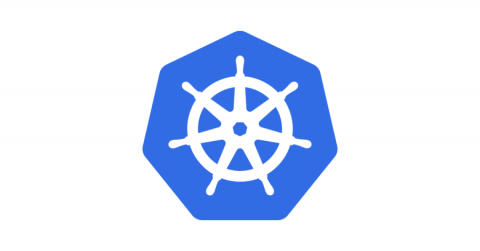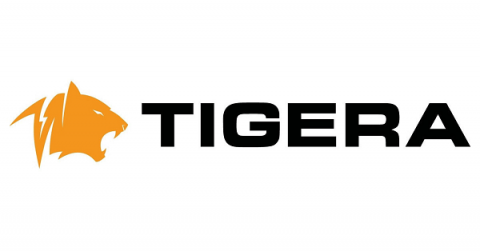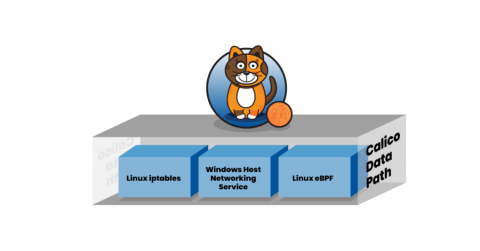Kubernetes issues and solutions
Hi all! I am a part of the architecture team at Avito.ru, one of the world’s top classifieds (read more about Avito here). In this post I want to share our experience in implementing kubernetes at scale. Kubernetes is a powerful orchestration tool that helps us manage dozens of microservices, support robust and fast deploy. It’s really cool that we don’t have to manage resources manually, think about service discovery and so on.





